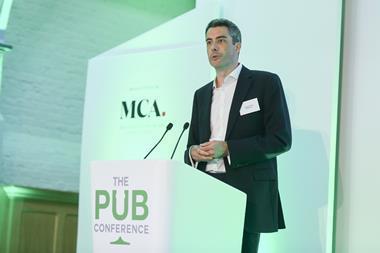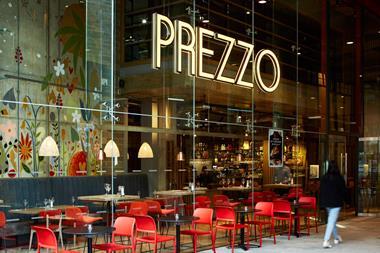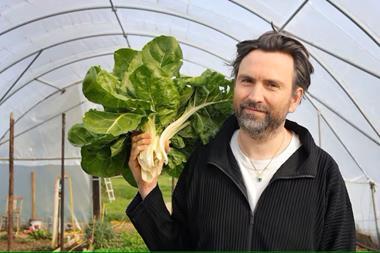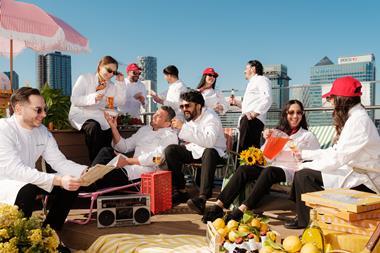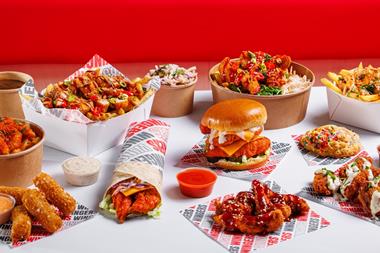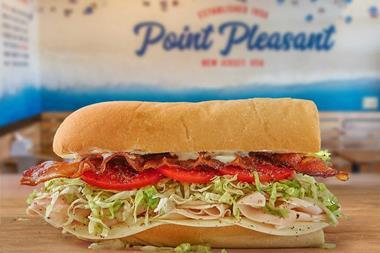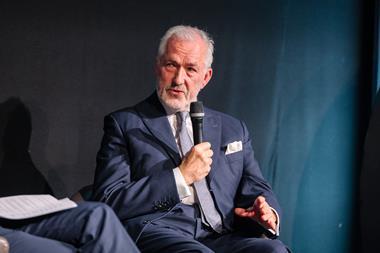The past year has seen a host of high-street brands, including several in this sector, undergo restructuring. However, AlixPartners’ Graeme Smith explains that the process on its own is not enough and that businesses need to pursue a transformation to adapt and thrive.
Mothercare. House of Fraser. Maplin. New Look. Carpetright. Byron. Jamie’s Italian. Prezzo. Carluccio’s. CAU. With so many famous names having signalled a need to restructure in recent times, it’s clear that the retail and restaurant markets are in the middle of seismic change.
At first glance it may appear that restructuring, potentially through a company voluntary arrangement (CVA), is the solution to an operator’s problems. In reality, in order to achieve a successful outcome, a restructuring needs to be combined with a transformation of the business to ensure it adapts to meet the demands of its environment.
The well-documented challenges and pain in the retail and restaurant sectors has led to sensational elements of the press dubbing both these markets a bloodbath. While some of the headwinds are similar, we should not forget that the broader challenges each sector faces are quite different. Retail is in structural change, driven by the nature of how consumers purchase and take delivery of different retail items. In an age when the world is increasingly coming to our front door, the requirement for retail businesses to be physically located in every British town and high street is significantly reduced. Conversely, while technology and home (food) delivery has created a certain amount of disruption to eating out, the impact has not triggered the same level of disorder. We remain, despite the best efforts of social media, a nation that likes to go out to eat, drink, and be merry with our family and friends.
Has the music slowed or stopped?
What is clear is that after five years of dramatic, expansionary growth between 2012 and 2017, when debt and equity investors fuelled a plethora of dining-out brands in a space race across the UK, we have now entered a different part of the cycle. While consumer demand (for eating out) has ticked up over the past five years (4.3% real increase in restaurant sector revenues from 2013-18 (Source: IBISWorld)), the number of restaurants has risen dramatically (16.7% increase over the past five years), as evidenced in the AlixPartners CGA Market Growth Monitor. The key issue is that across this five-year period, companies were building site pipelines, with many locking themselves into deals for years to secure places in desirable new schemes. Unfortunately, many new-site budgets were made on a set of assumptions that have proved to be wrong. Significantly increased competition, coupled with falling high-street and shopping-centre footfall has made sales forecast assumptions, with hind sight, look overly ambitious. With foreign exchange-driven food cost price inflation challenging any gross profit margin assumption, and property and people costs continuing to rise, the result is that just about every operator has a tail of underperforming sites across their estates. And they are locked into these sites for, in some cases, up to 25 years.
As mentioned earlier, much of this expansion was fuelled by taking on debt or equity. Investors require a return on their money, which in turn requires profits to grow and cash to be generated. In the current market, this necessarily means businesses need to reshape their portfolio and free themselves of uneconomic ‘millstone’ sites, to restore their financial health and free up cash flow for investment. This pressure, combined with the rigid structures of property lease agreements, leads companies to take formal restructuring action to reshape their estate and associated property costs (let’s not forget business rates in all this).
Clearly, the form and shape of any property and financial restructuring – whether it is a CVA that has been deployed by a number of groups, or not – requires careful consideration, and the conscientious management of stakeholders. However, the restructuring does not improve the customer proposition and is only the first step to recovery. The restructuring event is like a shot of oxygen that revives the patient temporarily, but the successful implementation of a transformation business plan that follows in its wake is what will restore the long-term health and growth of the business. This is, therefore, an utterly critical element.
The transformation business plan
The truth is that in the run-up to a restructuring, almost all businesses have suffered from a sustained period of a lack of investment and innovation. In the most competitive eating-out market ever, the consumer and your best staff will often just move on to a ‘better’-invested option. The transformation business plan, therefore, requires a fundamental review of every facet of the business and invariably requires significant investment, designed to dramatically improve the overall proposition.
This transformation needs to include the brand position (including marketing and communication); how this translates into the look and feel of the restaurant environment; customer proposition and pricing (also considering supply chain to ensure the right balance between quality and cost); team training and career development; size and shape of the central support function; and investment in the existing estate (from full refurbishments to ‘sparkle’ spends).
It also needs to include, perhaps counterintuitively, a return to new-site acquisition. Growth is the lifeblood of a restaurant group. It offers new opportunities for careers to develop and creates a positive feeling that is important in retaining talent. Finally, for some of the larger and structurally more complex restaurant groups, there needs to be a fresh operational review to ensure that best-in-class, lean structures (including staff rostering) and operations are applied.
This needs to be supported by investment. One of the key drivers to an estate rationalisation is to ensure all available funds are targeted at areas that will drive returns and not be lost in uneconomic situations.
So what can success look like?
A great example of a restructuring sparking an investment-led transformation in the long-term health of a leisure business is Travelodge. The budget hotel operator went through a challenging CVA process a few years ago, shutting about 50 hotels and reducing rents at more than 100 of its 500 hotels. At the time, the business had been starved of cash. What followed was an estate-wide investment and revival programme that touched every part of the business. Helped by the overall strength of the hotel market in the intervening period, Travelodge has been transformed from where it was in 2012. It now operates more than 40,000 rooms and should generate an excellent return for the investors that backed the turnaround as well as offering an excellent covenant for its landlords.
Against the backdrop of recent headlines and some understandable upset from the landlord community over the apparent growing application of CVAs, it must be hoped that the restaurant industry can demonstrate the value of this process as a mechanism for meaningful and long-term business recovery, in a similar way to Travelodge. That will only come with the successful implementation of a transformation business plan supported by a carefully planned investment programme.
Graeme Smith is managing director at AlixPartners, London

























